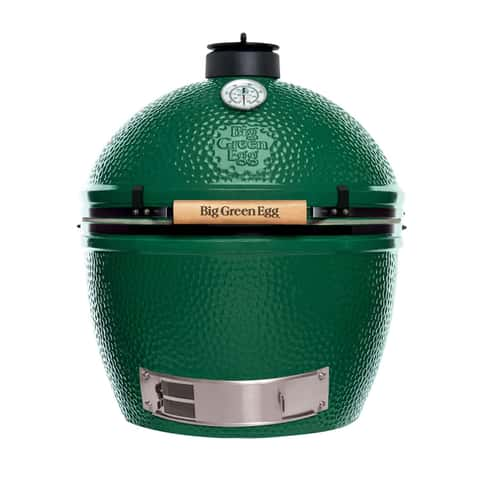Efficient Methods to Process Oxidized Gold Ore Successfully
Processing oxidized gold ore effectively is essential for maximizing gold recovery and ensuring profitability in mining operations. Oxidized gold ores, which result from the natural weathering of primary sulfide ores, present unique challenges but also opportunities for efficient extraction when approached with the right methods. Modern advances in processing techniques have significantly improved the ability to treat these ores with high efficiency, environmental responsibility, and economic viability. One of the most successful approaches to processing oxidized gold ore is through heap leaching. This method involves stacking the ore in large heaps and applying a dilute cyanide solution that percolates through the material, dissolving the gold. Heap leaching is highly advantageous because it is cost-effective, requires relatively low capital investment, and can process large volumes of ore with minimal environmental impact. It also allows mining operations to handle lower-grade ores profitably, increasing the overall yield from mining projects.
Another key method for processing oxidized gold ore is the carbon-in-leach CIL process, which integrates gold leaching and adsorption in a single step. In the CIL process, finely ground oxidized ore is mixed with cyanide and activated carbon in tanks. The carbon adsorbs dissolved gold directly from the slurry, enabling rapid gold recovery. This method is praised for its high recovery rates, operational simplicity, and ability to treat ores with complex mineralogy. Its widespread adoption in the industry has proven its efficiency and reliability in extracting gold from oxidized ores. For ores that are particularly fine or refractory, flotation can be employed as a pre-concentration step before leaching. This technique separates valuable minerals from waste material by exploiting differences in their surface properties. When combined with leaching methods, flotation enhances gold recovery by concentrating the ore and reducing the amount of material that requires chemical treatment. This results in lower operating costs and improved environmental outcomes.
In recent years, bio-oxidation or bioleaching has gained prominence as an environmentally friendly and efficient alternative for treating oxidized gold ores, especially those with residual sulfide minerals. This process uses specialized microorganisms to break down mineral structures, improving gold accessibility for subsequent leaching. As gold remains one of the most expensive metal in the global market, maximizing its recovery through sustainable means is both an economic and environmental imperative. Bio-oxidation is celebrated for its sustainability, low energy consumption, and the ability to process ores that are otherwise difficult to treat with traditional methods. Complementing these methods, advances in ore characterization and mineral processing technology have enabled mining companies to tailor their treatment approaches precisely to the ore’s specific properties. This customized approach ensures that each batch of oxidized ore is processed with maximum efficiency, minimizing reagent use and energy consumption while maximizing gold recovery.









